
A lack of regular lawn care
This can result in weak, thinning grass, which allows the moss to take hold.

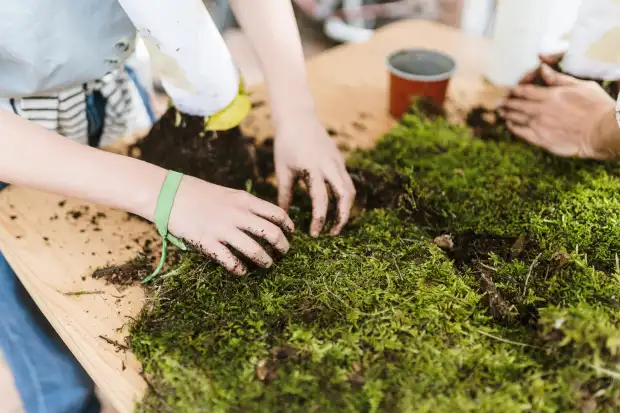
Last Updated: July 7, 2021
With these natural moss removal tips you'll be able to quickly remove moss like a boss and get back to loving your lawn.
The sun is out. You're slathered in natural sunscreen and insect repellent. You stroll out to enjoy your beautiful lawn and…record scratch.
Where your gorgeously green grassy lawn once was, there is now a spread of moss. You're supposed to be chilling like an eco-conscious villain, not breaking your back doing lawn maintenance.
No need to panic or whip out the herbicide. Grove has your back with natural moss solutions. So, let's get mossy with it!
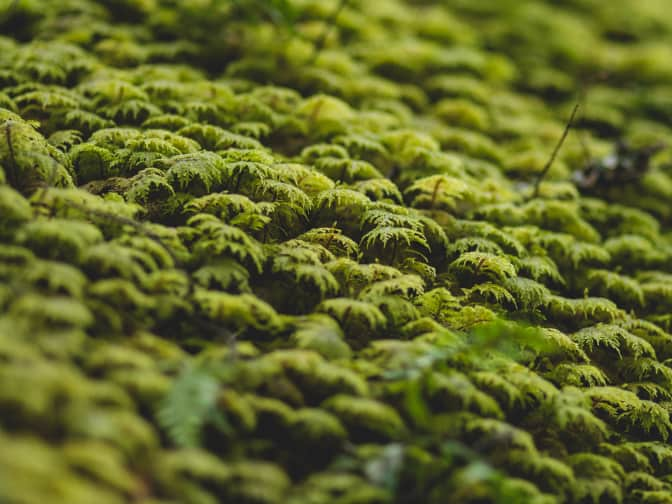
Moss is an ancient and primitive plant without conventional roots, stems, or leaves. Moss species fall into the class of Bryopsida, under Bryophyta, which were the first green land plants to develop during evolution.
Without the vascular structures of leaves, stems, and roots, moss can only grow where there is constant moisture. It’s typically hardy, can grow almost everywhere on land, and usually grows vertically.
Sometimes it looks beautiful, but when it settles into your lawn it has one purpose—complete and utter domination. Before your lawn kicks the bucket, learn how to kill moss naturally so that you and your lawn will be party-ready in no time!
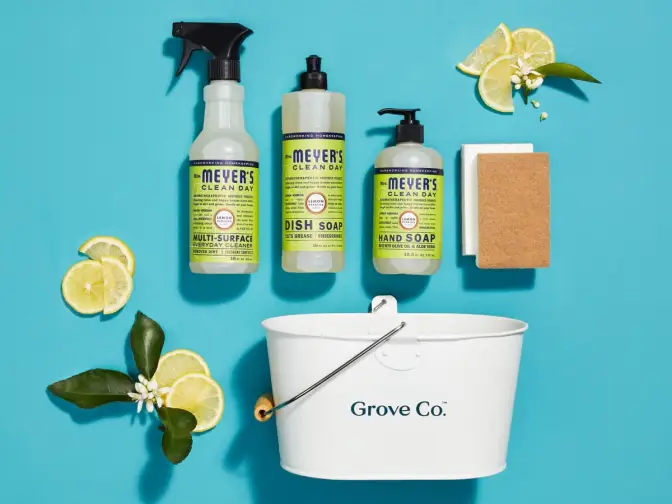
Wondering who Grove is, what types of products we offer, and how to get a free gift set when you sign up? Learn more about flexible monthly shipments, customizing your shipment, and joining millions of happy households — no monthly fees or commitments required.

This can result in weak, thinning grass, which allows the moss to take hold.

If it is too low (too acidic) or too high (too alkaline), the soil can become unhealthy and perfect for moss.

If your lawn is excessively shaded, it will likely be nice and cool with plenty of moisture that moss loves.

If your yard has either of these it can also result in excess moisture, so moss will be keen and green to set up camp.

This type of soil makes it difficult for grass to grow, which in turn allows the moss to take over.
Aerating your lawn's soil helps counteract compacted soil.
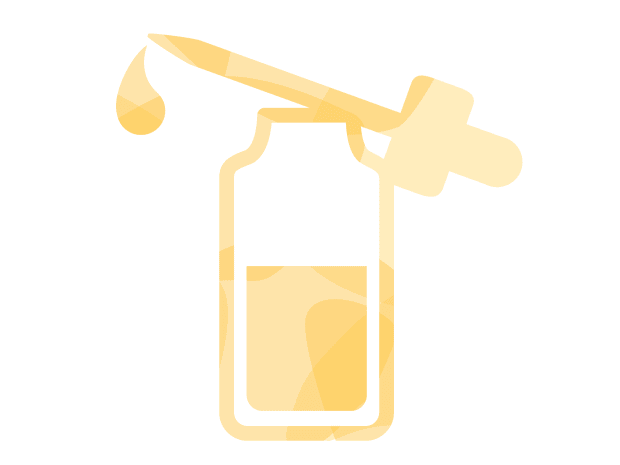
If your lawn's soil doesn't have many nutrients to begin with and you aren't fertilizing it regularly, the weakened grass is ripe for moss domination.
Try one of these three methods for natural moss removal in your yard. You can be the judge of what is the best moss killer for your particular household and lawn.

Baking soda is a fast and safe short-term solution for moss. However, it isn't the most effective solution for a lawn with long-term and/or recurring issues.
Here’s how to use it:
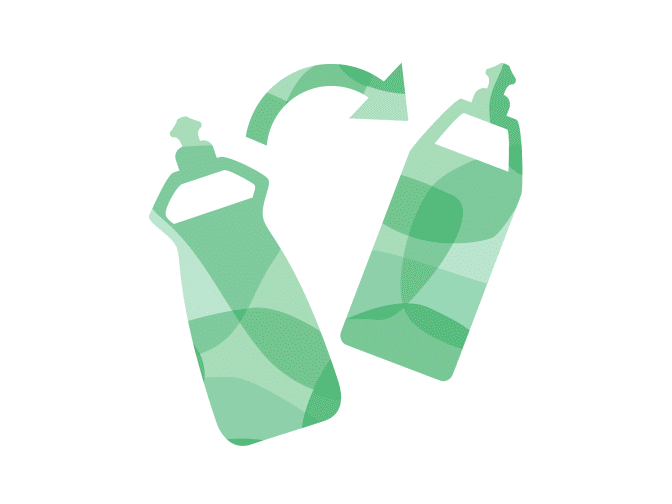
Natural dish soap can be a safe and effective method for killing moss in your lawn. If your lawn drains into a nearby water system, consider the health of that water source before choosing a dish soap that has chemical ingredients.
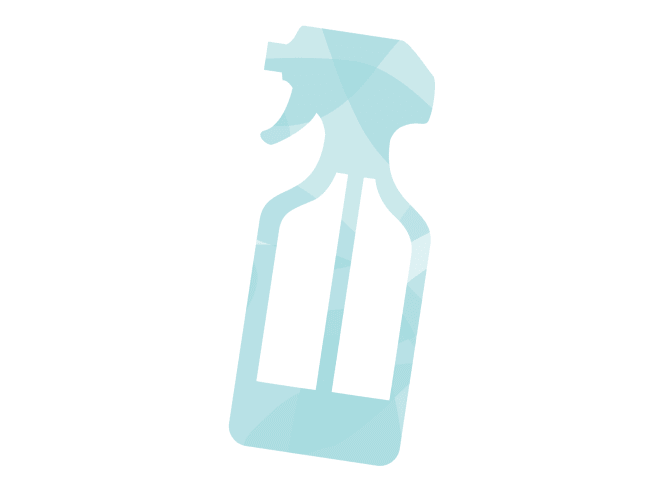
Vinegar is cost-efficient and safely kills moss because it contains acetic acid. Even a simple distilled white vinegar is effective.
Now that you've reclaimed your lawn, how can you keep it that way?
There are several methods of lawn care that can help you with moss prevention.

Test your soil's pH level every three years to see if it’s too acidic or too alkaline. Acidic soil can be remedied by adding limestone.
You can reduce alkaline soil's pH by adding products like sphagnum peat, elemental sulfur, aluminum sulfate, iron sulfate, acidifying nitrogen, and organic mulches.

Fixing poor drainage is easy. Just fill in low lying areas with topsoil and then reseed that area. Make sure you are only irrigating your lawn if necessary—watering on an as-needed basis, not on a schedule.
Only irrigate and water on a schedule when grass is newly planted and under two years old.

Aeration helps roots grow, increases oxygen to the roots, and allows seeds, lime, and fertilizer to get into the soil. You can buy or rent aerators.
These remove plugs of grass and soil, creating clear pores for water, oxygen, and nutrients to enter—just like a facial does for your skin.

Mow your lawn regularly, but do not cut the grass too low—no less than a third of the total height of the blade of grass.
Follow a fertilizer schedule for your climate. A quick web search should produce a fertilizing schedule and guidelines for where you live.
GROVE TIP
Late spring or early fall are the best times for this. Be sure you don't reseed your lawn until you've removed all the moss or you'll undo all of your hard work!
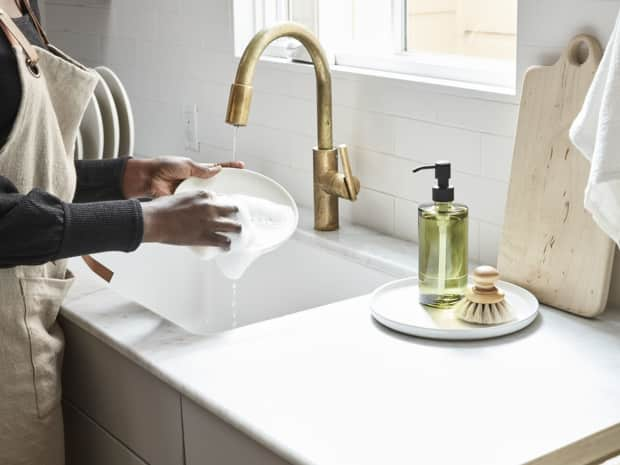
Learn how to identify drain flies and use both natural and chemical methods for eliminating these pesky pests.

Grove talked with the founder of Aunt Fannie’s about cleaning, pests, and his favorite products.

What do you do when a mouse invites itself inside? Here’s how to deal with mice—naturally and humanely.

Banishing these night-dwellers naturally is easy—and it doesn’t have to leave your house smelling like mothballs.